In addition to Weibo, there is also WeChat
Please pay attention

WeChat public account
AutoBeta


2024-11-17 Update From: AutoBeta autobeta NAV: AutoBeta > News >
Share
AutoBeta(AutoBeta.net)01/22 Report--
Under the influence of local traffic restrictions and the continuous updating of car companies' products, the sales of electric vehicles have increased greatly in recent years. Several considerations for the purchase of electric vehicles are price, battery capacity and mileage, but the disadvantage of "discount" of electric cars in winter has become an anxiety that many car owners can not get rid of. According to the CCTV financial channel, after entering the winter, many car owners reported that the mileage of new energy vehicles was generally reduced by 20% to 30%, and some even reduced by more than half, and the situation of waiting in line to recharge was more serious than before.
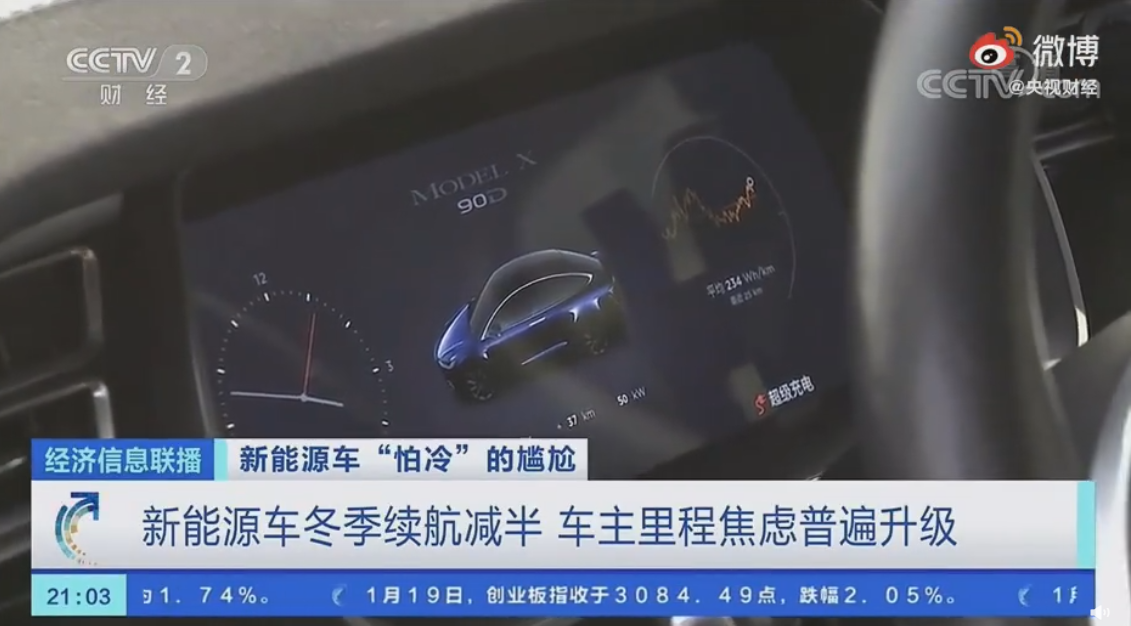
The CCTV program mainly reports on the issue of mileage in winter, which is commonly mentioned by new energy car owners. The car owner told the reporter that after two or three years of use, the electric car had changed from one charge in two days to one charge in one day, and many old new energy vehicles with short mileage, the car owners reduced the charging frequency of the car by not turning on the air conditioner, and a similar situation would occur in some new cars.
It seems to be a common thing that the battery life of new energy vehicles shrinks in winter. First, the mileage of new energy vehicles is marked according to NEDC operating conditions, which is quite different from the reality. Second, the activity of the power battery in the low temperature environment decreases, the net discharge rate of the battery decreases, and the battery capacity is affected, resulting in a great difference between the marked mileage and the actual mileage.
The reporter also found that causing this gap seems to be a systematic behavior. When most dealerships sell cars, the sales staff will take the initiative to inform Guan Xuan of the NEDC comprehensive mileage. As for the question of whether the mileage of new energy vehicles will be reduced in winter, salespeople generally will not explicitly inform them, which leads to many consumers knowing that there is a significant gap between the actual mileage and the manufacturer's publicity after buying a car.
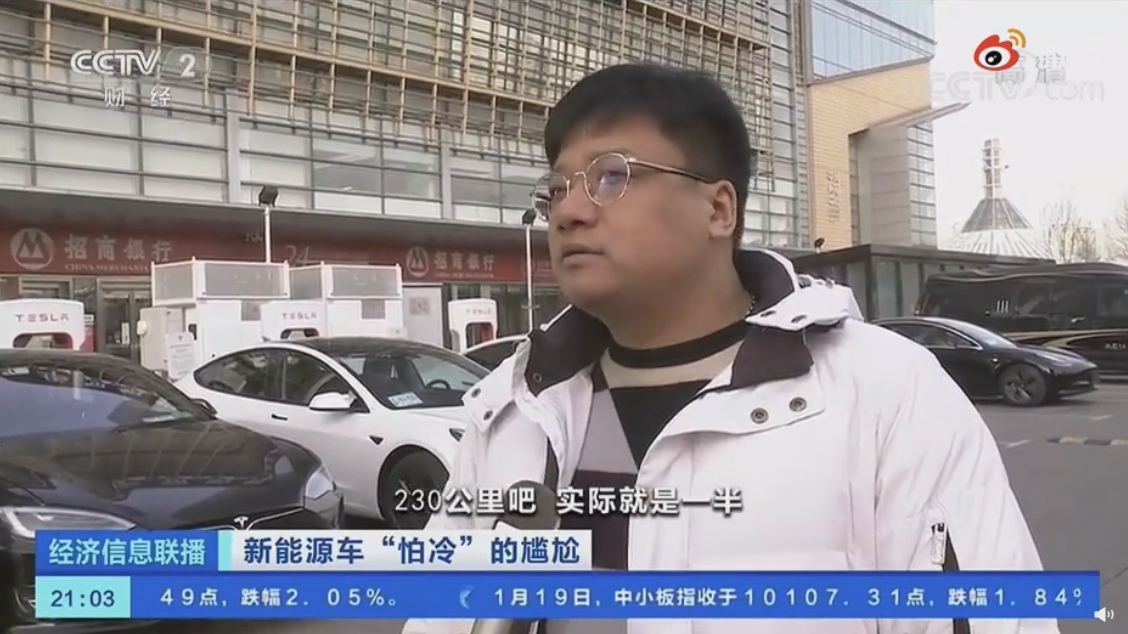
These situations do not seem to be isolated now. the recent low temperature weather has continued, and the daily use of cars by many car owners in the north is similar to the cases reported by CCTV.
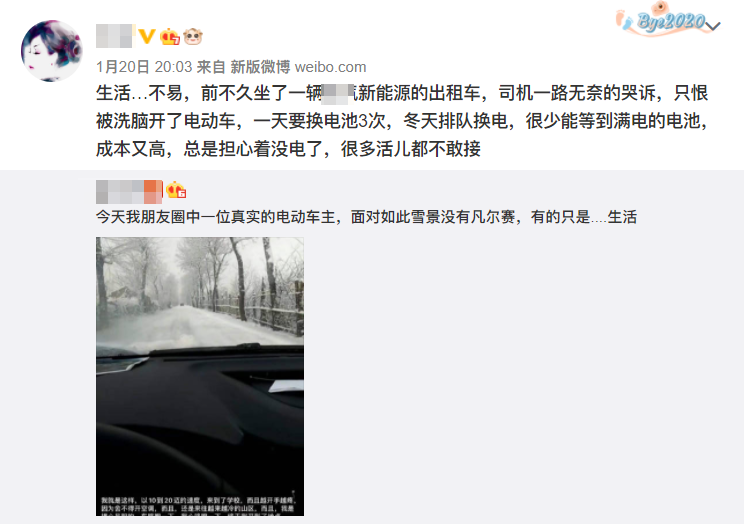
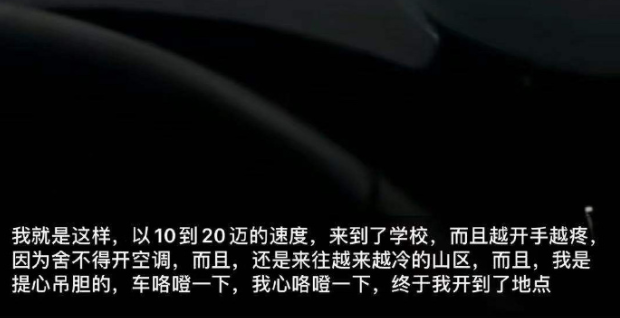
Two weeks ago, there were media reports that Mr. Zhang in Shanghai proposed a Tesla Model 3 standard extension in November 2020, equipped with Ningde-era lithium iron phosphate battery and NEDC mileage 468km. The car owner reflected that after two hours of charging at the Tesla overcharging station, it was not fully charged, but the mileage became 350km. Later, the car owner will Tesla after-sales service center, after three days of processing will Tesla full electricity back, opened the 100km follow-up flight directly fell to 186km, and finally the car owner sued to the court to request the return of the car.
Yesterday, the automobile industry reported that the Tesla Model 3 purchased by Ms. Shangqiu Wang actually could only run more than 200km. It was difficult to protect her rights when she asked Tesla for advice. In the end, she had no choice but to hold a loudspeaker and shout Tesla to protect her rights.
Two years ago, the electric car industry used 60 km constant speed or even 50 speed range or directly marked false mileage, which Li Xiang, founder of the car and home, denounced as a "shameful means of propaganda." Xiaopeng founder he Xiaopeng said Xiaopeng Automobile will take the lead in promoting only true driving.
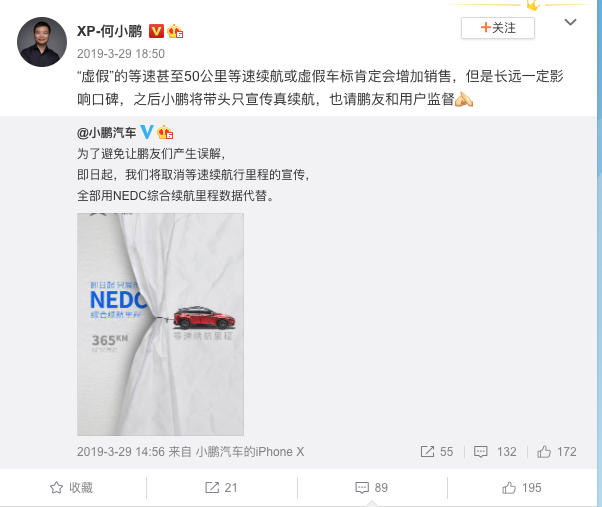
In this CCTV program, a new energy car owner, Mr. Cao, told reporters that the battery range of his new new energy car had dropped significantly less than a month ago, which made him unexpected. he told reporters, "full of words, 570 actually run 400 open," and then a Xiaopeng car entered the picture.
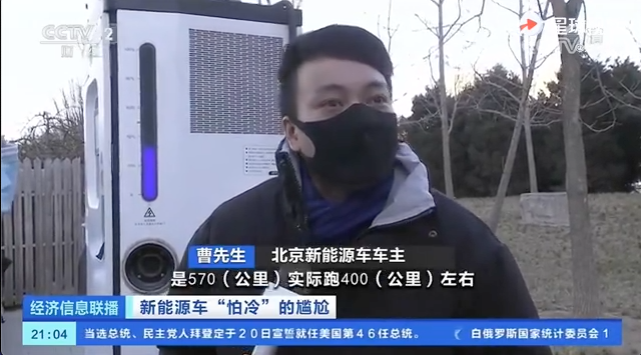
At present, most domestic manufacturers use the NEDC standard for the test mileage. NEDC is based on urban roads and municipal roads. The test mileage and time are short, and the whole journey runs for 19.6 minutes and 11.007 kilometers, which is different from the actual use of roads in China. The automobile industry pays attention to the daily use of electric vehicles and finds that the driving range data of commuter vehicles in the southern spring and autumn are basically the same as those of NEDC, and the difference is not too great, but there will be a great shrinkage in the two cases. The first case is that at high speed, a certain electric vehicle marked as 410km mileage can only run about 40% discount on mileage at high speed, and the other is at low temperature. If you turn on the heating mileage, there will be a greater discount, so as to get the comprehensive mileage of new energy vehicles, and consumers are easily affected by the above situation in the process of actual use. finally, there is a huge gap between marked mileage and actual use.
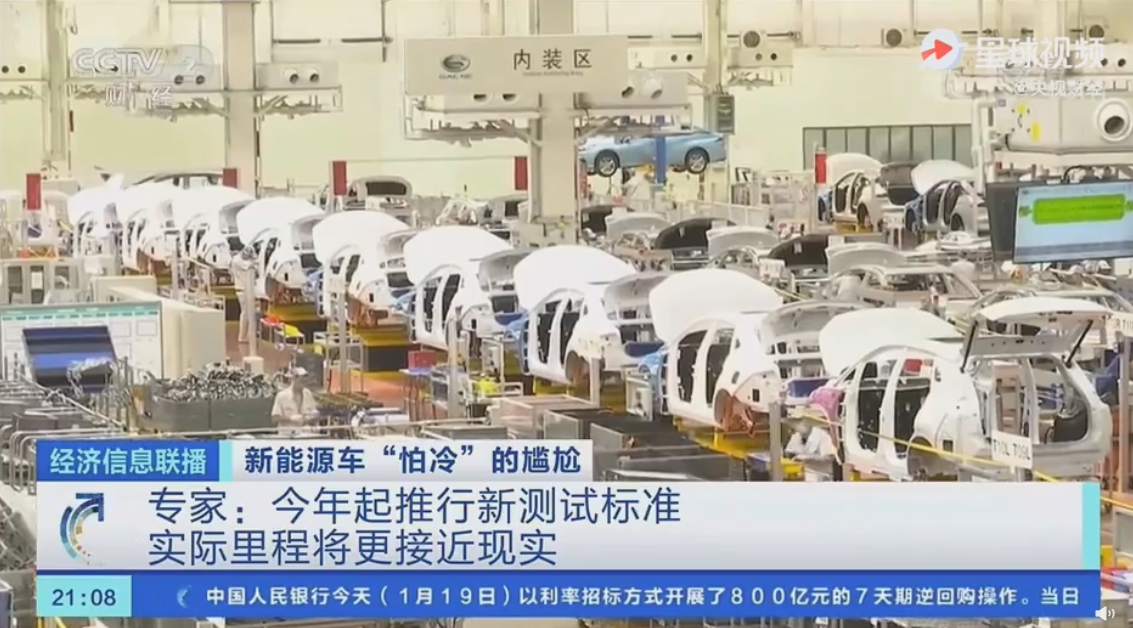
In order to break this gap, some experts say that starting from 2021, a new mileage test standard for new energy vehicles, the WLTC test standard, will be gradually implemented in China, which is characterized by collecting real driving condition data around the world and increasing the proportion of urban congestion conditions. compared with this method, the mileage data obtained by this method is closer to the actual driving experience of vehicles. In addition to adopting more standard range tests, the research and development of power battery technology will also be strengthened to increase battery range and eliminate consumers' mileage anxiety.
It is also for this reason that many manufacturers have begun to fight a "propaganda war" against battery technology. On January 9, Xilai unveiled a new model, the Lulai ET7, which has a 150kWh battery range that can exceed the 1000km, but will not be mass produced until the fourth quarter of 2022. According to Qin Lihong, co-founder and president of NIO, the battery uses the latest solid-state battery technology and can reach 360Wh/kg energy density.
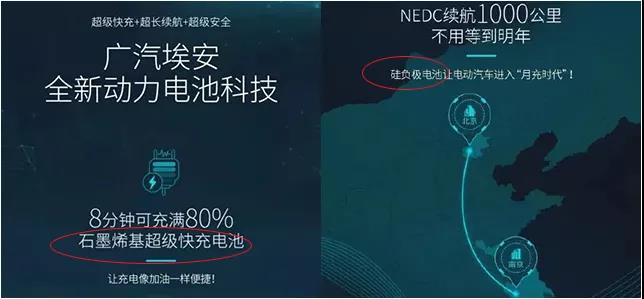
SAIC Zhiji says its mileage can reach 1000km, and its super battery uses "silicon-doped lithium" technology and has the energy density of 300Wh/kg. On January 15, GAC Ean announced that its newly developed graphene-based super fast charging battery makes charging as fast as refueling, and the NEDC mileage has also reached 1000 km, and stressed that the model with this battery will be in mass production this year. A few days later, GAC issued an announcement clarifying that "8-minute ultra-fast charging" and "1000 km mileage" are two different batteries and also need the cooperation of electric piles.
At this stage, mileage is indeed the biggest pain point for new energy vehicles, which limits the travel of users to a great extent. Industry insiders said that the "discount" of winter mileage is the bottleneck of new energy vehicles, which has seriously affected the competitiveness and industrial development of new energy vehicle products, and requires new energy vehicle companies to make use of existing policies and capitals. increase investment in technology to improve the performance of new energy vehicles. At present, the mileage beyond 1000km really relieves the pressure on users to travel to a great extent, but it is also the mileage of NEDC standard, what kind of loss will occur in actual use, and whether the mileage can still reach 1000km, which we do not know at present.
Welcome to subscribe to the WeChat public account "Automotive Industry Focus" to get the first-hand insider information on the automotive industry and talk about things in the automotive circle. Welcome to break the news! WeChat ID autoWechat
Views: 0
*The comments in the above article only represent the author's personal views and do not represent the views and positions of this website. If you have more insights, please feel free to contribute and share.










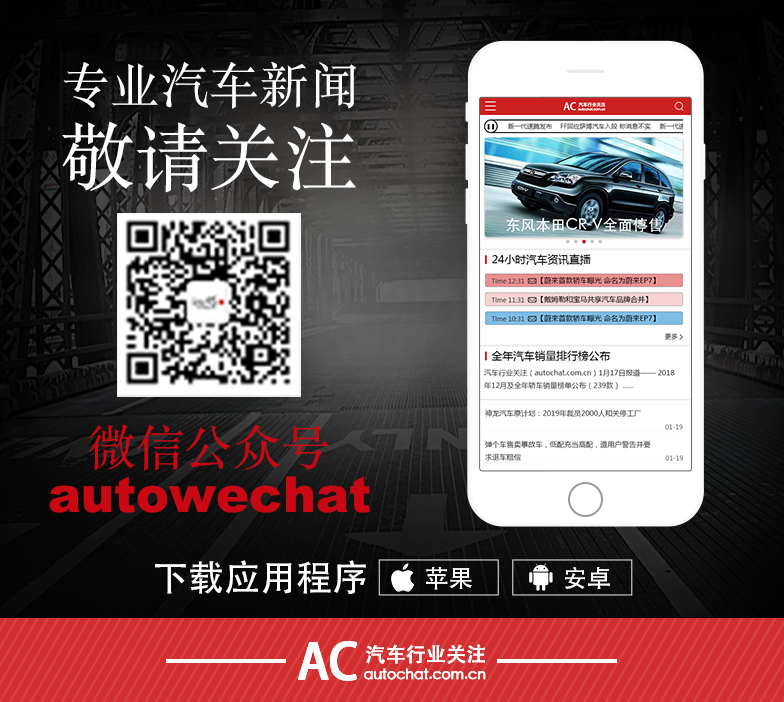
© 2024 AutoBeta.Net Tiger Media Company. All rights reserved.